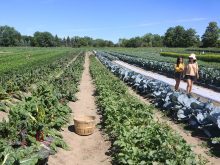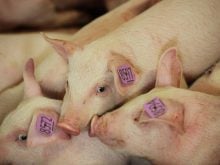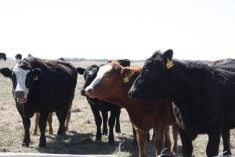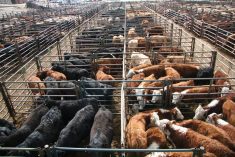CALGARY – British Columbia poultry farmers have been cornered by spiralling feed costs, loss of feed freight assistance subsidies and trade action threats.
The situation is especially critical for Vancouver Island farmers who say feed grain has become so expensive their profits are almost non-existent.
Added to that is worry over the outcome of an American trade challenge to the Canadian supply managed system. The U.S. is pressing for lower tariffs and greater access to the Canadian poultry and dairy market.
Turkey and chicken marketing board officials contacted last week said since last August feed costs have gone up almost every week. They’ve seen their feed bills rise by about $125 a tonne.
Read Also
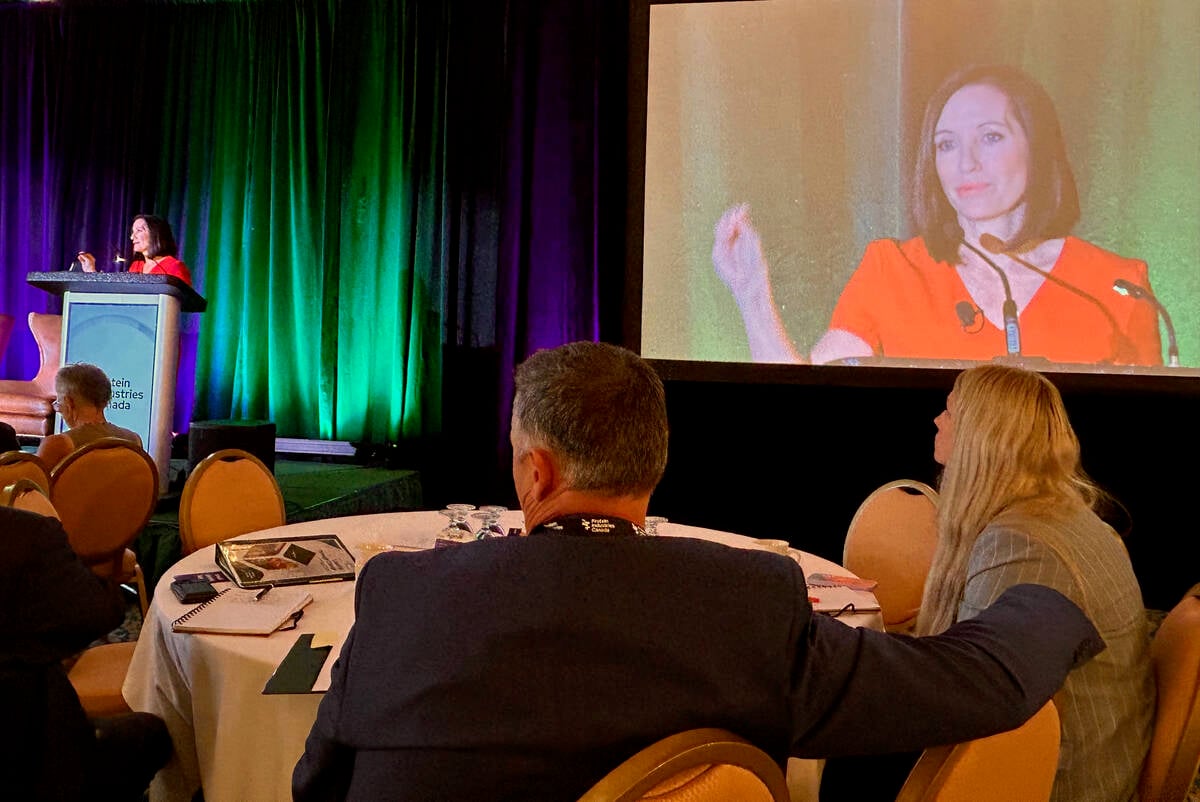
Canada told trade crisis solutions in its hands
Canadians and Canadian exporters need to accept that the old rules of trade are over, and open access to the U.S. market may also be over, says the chief financial correspondent for CTV News.
“We are a little angry here in the way things have turned out,” said Colyn Welsh of the B.C. Turkey Marketing Board.
“Our industry is not facing a bright future.”
To cover escalating costs, consumer prices will also jump.
“Consumers will have to realize they will have to pay more for chicken and turkey,” said Welsh.
Prices paid to farmers were increased April 29 to help them cover some of the costs.
Grade A turkey broilers are worth $1.60 per lb., heavy hens are $1.56 per lb. and toms are $1.55 per lb. These are the highest grower prices in the country, said Welsh.
Chicken prices are also rising.
Art Stafford, manager of the B.C. Chicken Marketing Board, said growers receive $1.24 per kg and on June 8 prices will likely increase to $1.32. He figures that covers about 90 percent of feed costs.
Blended poultry feed landed in the Fraser Valley at $277 a tonne in September 1994. Last week it cost $404 a tonne.
All prices rise
Using the same base, other feed including wheat was $125 a tonne in 1994 and at the end of April was priced at $233. Corn was $151 and now is $296 a tonne. Soybeans were $284 and as of May 1, hit $427 a tonne and were rising, said Stafford.
He estimates grower returns are down about 60 percent.
Relief isn’t expected until 1997.
Growers are watching prairie planting intentions and as the spring continues cool and wet, uncertainty continues.
“We don’t see grain prices peaking until the fall crop is known,” Stafford said.
Judy Thompson, a Vancouver Island broiler farmer, understands the problems first-hand.
Hoping to transfer the family farm to her children, she and her two daughters are instead working for no salary on their Sooke farm while both sons-in-law work off the farm to hold the 25,000 broiler operation together.
Under feed freight assistance, Thompson received about $18.50 per tonne delivered to Vancouver Island. That fund ended under federal budget cuts last year. When the transition fund payments arrive, she plans to use her share of the money to pay down her mortgage.
Thompson said if high costs bankrupt some of the island’s poultry farmers, the impact would be widespread. She said 31 broiler producers on the island supply 11 percent of B.C.’s chicken. There is a processor on the island and if producer numbers fell, the processor would go out of business, too.
Low quality, more quantity
Nor can farmers afford to try cheaper feed because it results in chickens eating more.
“You might buy it per tonne cheaper, but you’ll put more tonnes in,” she said.
“If you’re paying a very high price for feed and it includes freight, you might as well buy the best feed.”





